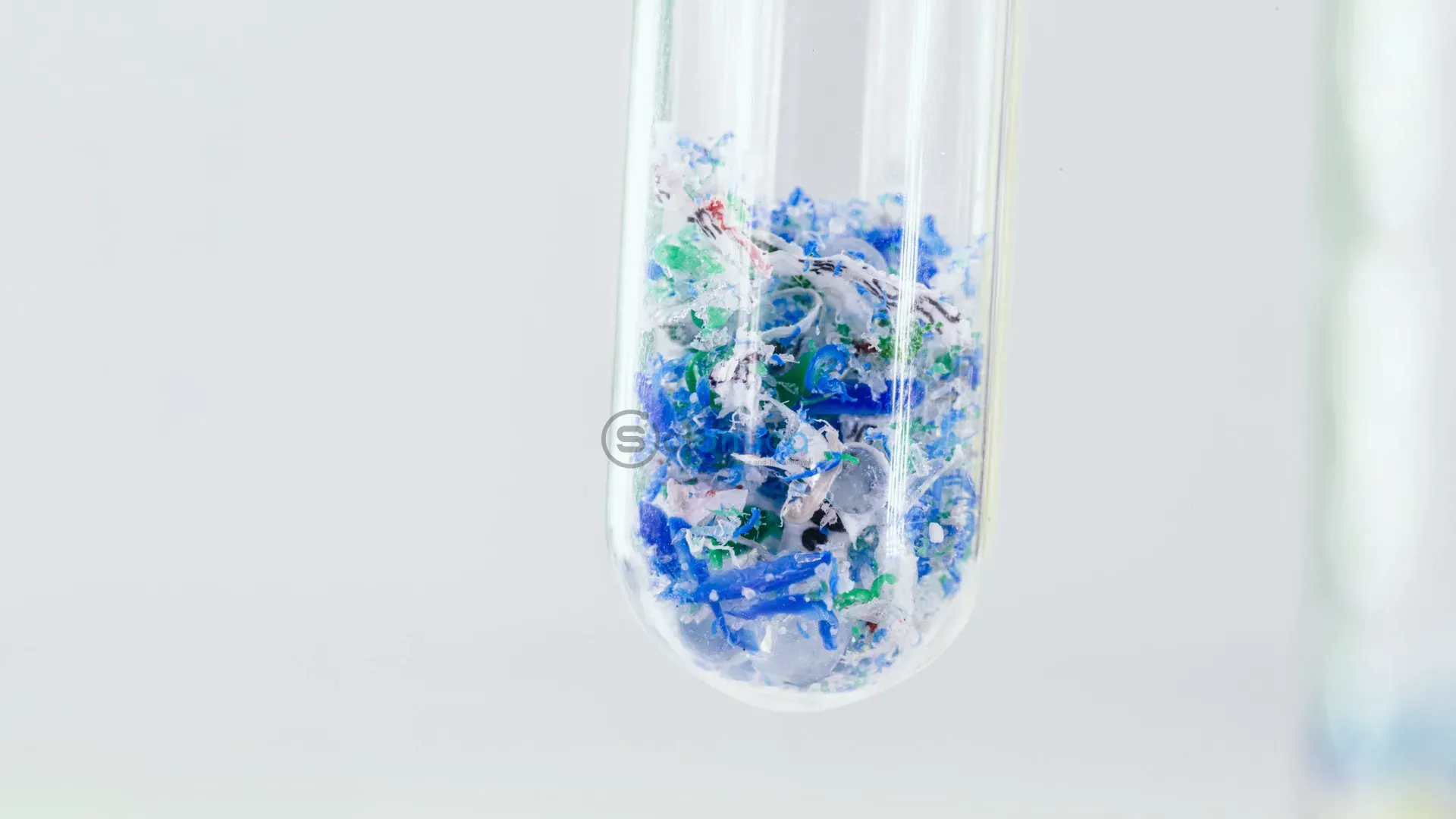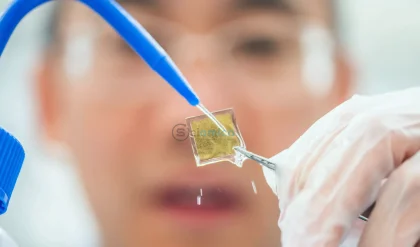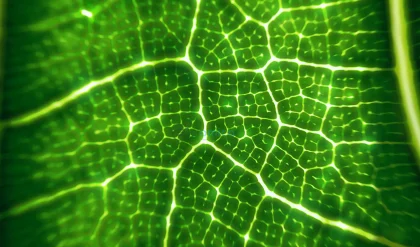
Researchers from the University of Gothenburg and Leipzig have unveiled alarming findings regarding recycled polyethylene plastic, highlighting its potential to leach over 80 different chemicals into water. This study, which examined the effects on zebrafish larvae, found that exposure resulted in significant alterations in lipid metabolism and hormone regulation within the organisms.
As the plastic pollution crisis escalates, posing a severe risk to both the environment and public health, recycling has been touted as a viable solution. Yet, the presence of toxic chemical additives in plastics, often unreported, raises concerns about hazardous substances contaminating recycled products. This study aims to illuminate the risks associated with plastic recycling and its implications for aquatic life.

In their experimental setup, researchers purchased plastic pellets sourced from various locations worldwide, allowing them to soak in water for a 48-hour period before exposing zebrafish larvae to this water for five days. The outcomes revealed significant gene expression increases related to lipid metabolism and adipogenesis, underscoring the potential health impacts of such exposures on aquatic organisms.
Lead author Azora König Kardgar, an ecotoxicology researcher at the University of Gothenburg, emphasized that the short durations of leaching and exposure are indicative of the risks chemicals in plastics pose to living beings. The physiological and health consequences observed in zebrafish illustrate how even brief contact with leachates can have detrimental effects.
Previous studies have mirrored these findings in humans, where toxic chemicals in plastics have been linked to reproductive health issues and an increase in obesity rates. Many common additives found in plastics are known disruptors of hormonal systems, contributing to fertility problems, developmental delays in children, increased cancer risks, and metabolic disorders such as obesity and diabetes.
Professor Bethanie Carney Almroth, principal investigator for the study, pointed out that a significant obstacle in promoting plastic recycling stems from the uncertainty surrounding the chemicals present in recycled products. The risk of chemical mixtures occurring can render these recycled materials toxic, raising serious concerns about their safety.
The study extends beyond zebrafish larvae behavior to include a chemical analysis of leachates, revealing a complex array of chemical compounds often varying across different samples. Researchers identified common plastic additives like UV-stabilizers and plasticizers alongside a mix of contaminants such as pesticides and pharmaceuticals, indicating that even recycled materials may carry remnants of hazardous substances from their previous life cycles.
With a pivotal meeting in Geneva set for August, global representatives are progressing towards establishing a Global Plastics Treaty under the UN Environmental Program. The study authors advocate for negotiators to address hazardous chemicals in plastics through regulations that emphasize transparency and accountability within the plastics industry. Without addressing these chemical risks, achieving safe and sustainable recycling practices remains impossible.
As Professor Almroth remarked, this research underscores the urgent need for comprehensive measures to tackle toxic chemicals throughout the lifecycle of plastic materials. Ensuring the safety of recycled plastics hinges on our ability to trace chemical compounds from production through to disposal.
Polyethylene (PE), the subject of this study, is the most widely produced plastic, serving as a primary component in an array of common products, including packaging materials, toys, and household items. Its recycling code is indicated by the numbers 2 or 4, and it poses ongoing challenges in the context of environmental safety and public health.
Reference:
- Azora König Kardgar, Eric Carmona, Therese M. Karlsson, Sara Brosché, Bethanie Carney Almroth. Effects of leachates from black recycled polyethylene plastics on mRNA expression of genes involved in adipogenesis and endocrine pathways in zebrafish embryos. Journal of Hazardous Materials, 2025; 495: 138946 DOI: 10.1016/j.jhazmat.2025.138946






